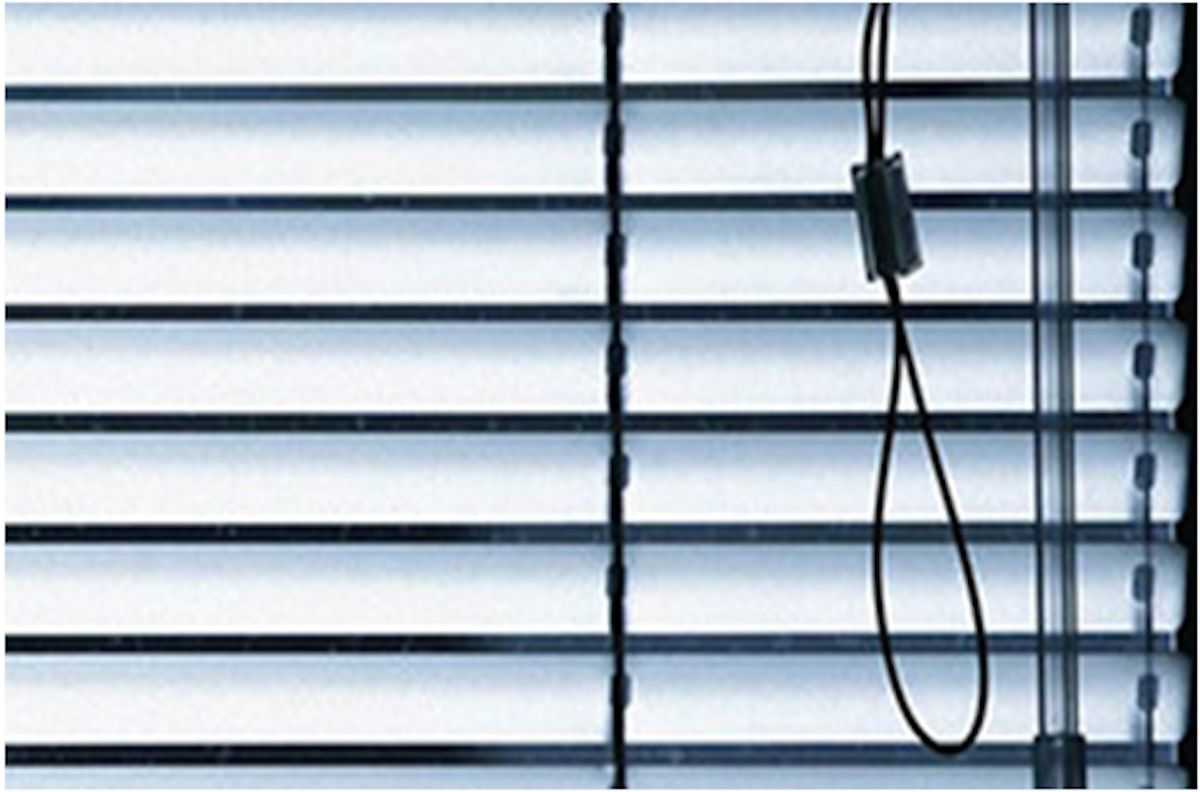Feds Plan Stronger Safety Rules for Window Blind Cords

Window blinds don’t look or sound dangerous but they’re actually one of the biggest safety threats to children. Every year, children strangle on the cords hanging from blinds, shades and draperies.
“Unfortunately, two children strangled on hazardous cords in October,” said Linda Kaiser, founder of Parents for Window Blind Safety. “Strangulation incidents can happen quickly while parents can be in the same room. Due to the vagus nerve being compressed during these incidents, the impact of injury is severe and the chance of survival after entanglement is less than one minute.”
Window cord strangulation is often silent, so parents or caregivers nearby may not realize that a tragedy is unfolding.
On average, about nine children age 5 and younger die every year from strangulation in window blinds, shades, draperies and other window coverings with cords, according to the U.S. Consumer Product Safety Commission (CPSC). Those who survive often suffer injuries ranging from a scar around the neck to quadriplegia and permanent brain damage.
Safety warnings not enough
For years, the CPSC has issued safety warnings, videos and other consumer education efforts about the problem. Now it is proposing a new rule that would establish a safety standard for cords on all types of window coverings – an action long recommended by consumer advocates.
“We petitioned the CPSC in 2014 because of the failure of the voluntary standard to adequately address the hazard posed by accessible window covering cords,” said Rachel Weintraub, legislative director and general counsel of the Consumer Federation of America. “In the last seven years, that failure has only become starker.”
The CPSC’s proposed standard won’t be effective until it goes through a lengthy rulemaking process.
Making window cords safer
What can parents and caregivers do to make window cords safer?
The safest course of action is to buy and install cordless window coverings. If that’s not feasible, the CPSC recommends these safety steps:
- Eliminate any dangling cords by making the pull cords as short as possible.
- Keep all window covering cords out of the reach of children.
- Ensure that cord stops are installed properly and adjusted to limit the movement of inner lift cords.
- Anchor to the floor or wall continuous-loop cords for draperies and blinds.
- Move all cribs, beds, furniture and toys away from windows and window covering cords, preferably to another wall.

Canadian officials are also proposing strengthened safety standards for window coverings.
